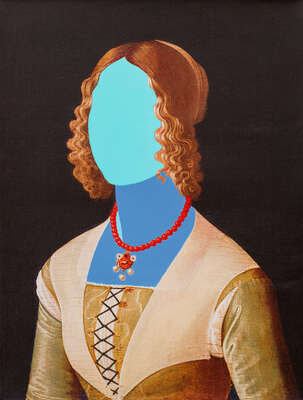

Art Genres and Movements
Genre Art is a pictorial portrayal of events or occurences from day-to-day life, using a wide range of media. Shop online for art in all genres from the LUMAS portfolio. Our collection contains a wealth of art in the style of many movements and genres, perfectly suited to enhance your home decor.
Content- Types of Art Genres and Movements
Genre in Art
Renaissance
Rococo
Romanticism
Expressionism
Impressionism
Surrealism
Abstract art
Bauhaus Art
Pop art
Realist Art
Genre in Art
The concept of genre in art is historically connected to specific ways of organizing and classifying art. A hierarchy of genres was often present in different artistic contexts. Landscapes, still lifes, historical paintings and animal portraits are often included in this classification. Genre painting was developed in the Netherlands in the 17th Century as part of a broader hierarchy of genres. It concerns the artistic depiction of everyday life, rather than staged portraits, landscapes, or idealized historical scenes.
From the beginning of the 20th century onwards, new artistic movements began to eclipse traditional genres. The avant garde left behind both the stylistic requirements and the preferred subject matter of previous genres in favor of more eclectic working methods. Cubism played with existing frameworks, creating mixed media art that left painting behind for collage, interweaving the art forms and perspectives of different styles. Photography contributed a great deal to the general disruption of painting as the addressee of artistic genres. The photograph introduced new ways of seeing the world. Artistic movements and genres like social realism, documentarism, futurism, and hyperrealism would have been inconceivable without the camera.

The Renaissance
The Renaissance is known as the period during which painting as a fine art began in earnest. In the hands of artists like Michaelangelo, Rubens and Caravaggio, art was conceived as a way to showcase human achievement in the form of sculpture, painting, and prints. Art was also used as a method of portraying explicitly human potentials. Renaissance Art thrived in a period in European history that signalled the transition from the middle ages to the modern age.
Mark Seelen's Dutch Masters series is fashioned in this tradition. His still life paintings of flowers are reminiscencent of oil paintings by Willem Kalf and Pieter Claesz, luminaries of this great artistic movement.


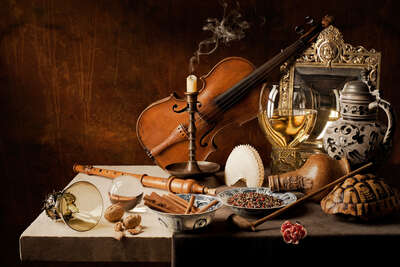

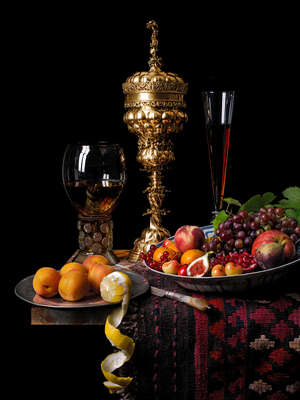

Rococo
The Rococo, or Late Baroque period was one during which the aesthetic elements in painting, architecture, sculpture and other fine arts came to the fore. In 18th-Century European art, ornamental was the watchword. Symmetry, verisimilutude, and devotional intent became secondary with respect to the opulence which patrons began to expect from commissioned artworks.
Animal portraits by Andreas Amrhein are redolent of the lush, luxuriant Rococo artworks featuring animals. A similar effect is achieved in the works of Catherine Ledner, who creates incomparably fun small-format artworks. On a color and style level, the in-demand prints of paintings by Ysabel Lemay are every bit as opulent, as dense - as busy - as those by Rococo masters.
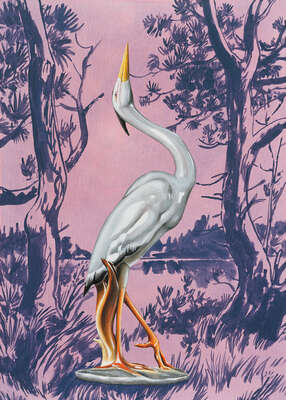

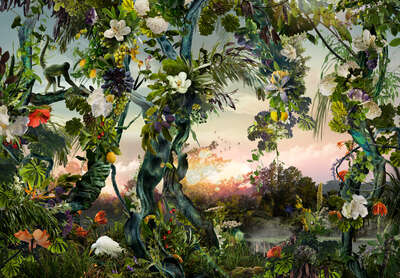

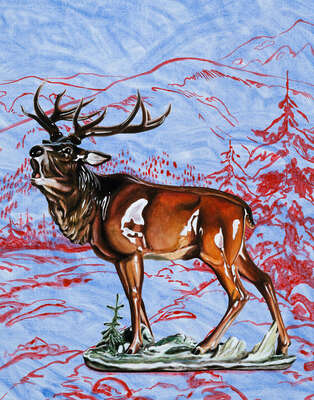

Romanticism
During the peak of the Romanticism era, well into the middle of the 19th century, artists had begun to make great strides towards the increasing autonomization of art as a discipline with standards that spoke more to the intuitive and impulsive side of the human experience, leaving behind to some degree the mathematical and religious formalism which had previously defined the art world. Artists in this era used romanticism to demonstrate that senses and emotions are as important as reason and order in understanding and experiencing the world.
Atmospheric, breathy works of art by the photo artist Andreas Chudowski recall the famous testimonial artworks of Caspar David Friedrich, whose dramatic oil paintings depict man's search for spiritual meaning. Santiago's photography pushes humans further into distance, placing the observer before a foreground occupied by nature, and the promise of a wandering humanity somewhere on the horizon.


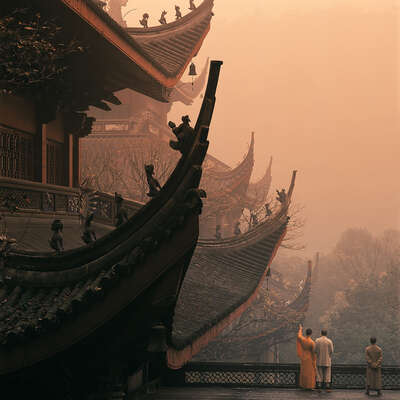

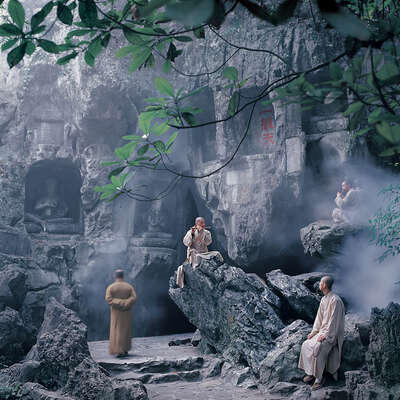

Impressionism
Impressionism, pioneered in the late 19th century by luminaries like Paul Cézanne, Camille Pissaro, and Alfred Sisley, sought to wrest painterly perception away from conventions of realism and representation and refound them in natural impressions. The artists of post-impressionism, like Georges Seurat, radically changed the way painting is used to portray the world. Impressionism as an art form was a movement in which paintings were characterized by tiny brushstrokes that give the impression of form and unblended colors, with natural light accurately emphasized.
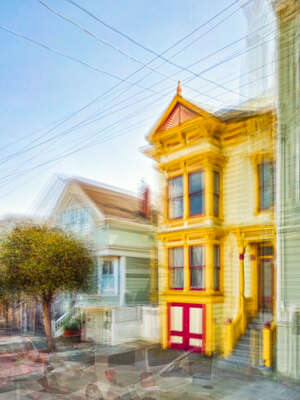

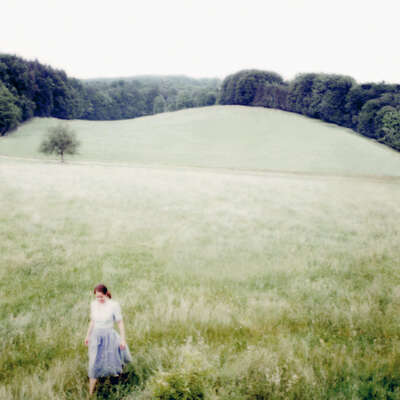



Expressionism
The prioritization of intense feeling as the goal of art is associated with the famous paintings of Vincent Van Gogh. In the decades around the First World War, European artists, especially in Germany, sought to depict increasingly unmediated spiritual and psychological states. This was the beginning of a long and storied attempt to escape from the Western artistic canon. Ironically, modernism, as a coherent visual lexicon of the canon's discontents, has become a canon unto itself. In retrospect, then, Expressionism may also be seen as a starting point of modern fine art, as an attempt to finally liberate art from standards seen as exterior to itself, and to refound aesthetic value on new principles, unconstrained by the conventions of the academy and the realism of high culture at the end of the century.
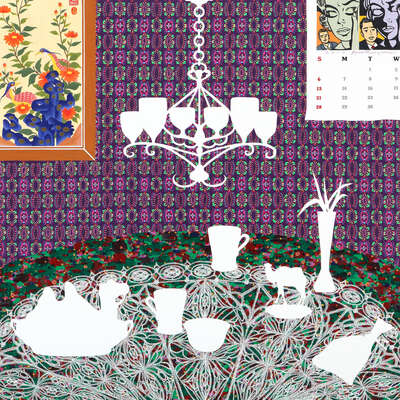

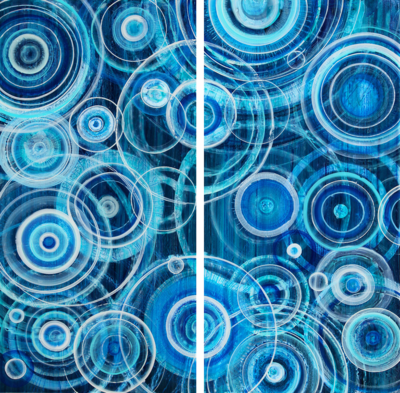

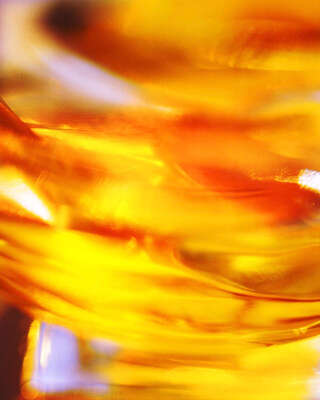

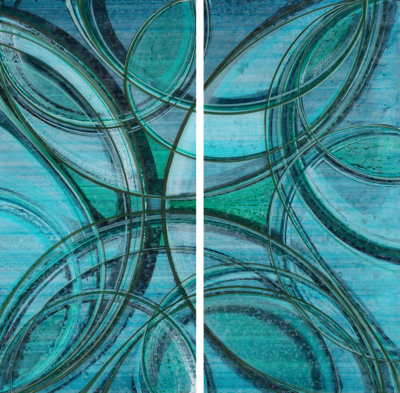

Surrealism
One of the most notable works of surrealist art is the painting Dream Caused by the Flight of a Bee around a Pomegranate a Second Before Awakening, by the renowned artist Salvador Dalí. In terms of shaping our expectations of what a fine artwork should look like - how it should comport itself in terms of style, ambition, and theme - no movement has had a greater effect than surrealism. While other modernist currents have imparted the feel for anti-representationalism or a cool distance as fundamental virtues of fine art, surrealism has bridged a gap between fine art and popular culture. Mostly unnoticed, by creating realistic depictions in unrealistic arrangements or situations, surrealism opened the door for fine art to take on relevancy as an instrument of consumer aesthetics. This was also bidirectional: it also secured a place for fine art as a practice which participates in popular visual culture.
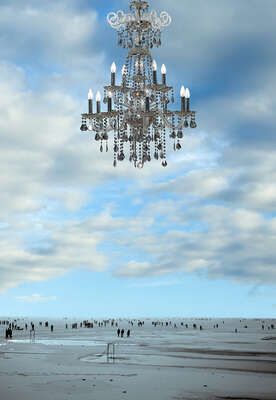

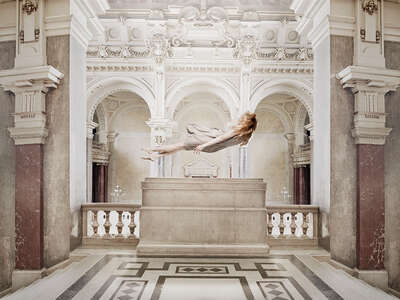

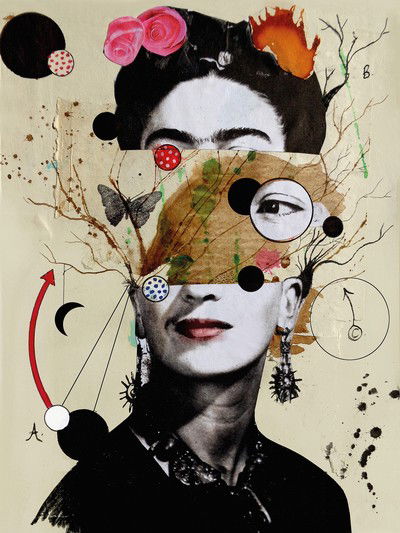

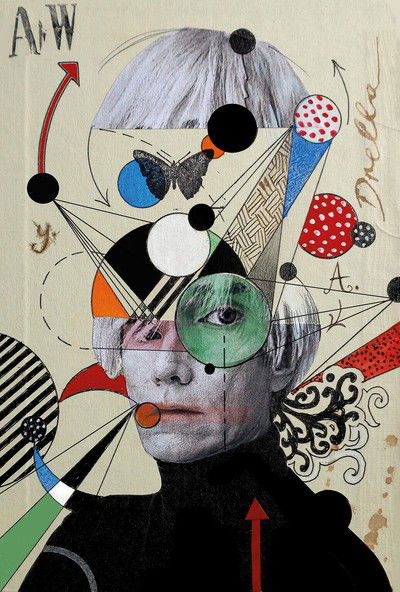

Abstract Art
Abstract art is one of the flagship movements of modern art. Consisting of both figurative and non-figurative depictions, and represented by everything from warped and twisted sculpture to the aleatory, or randomized splash painting methods of mid-century abstract expressionism, abstract art embodies a new purpose for art beyond the mere representation of our subjective reality.
The spare, geometrical aesthetics and blocks of color in the works of artists like Sarah Morris and Bernd Uhde are reminiscent of works by pioneers of abstract art like Wasily Kandinsky and Kazimir Malevitch. The original artworks by Beatrice Hug or the sculptor and architect Zaha Hadid emerge from the same will of abstraction seen in the famous abstract paintings of Jasper Johns and Lee Krasner.
Explore our curators' selection of original abstract artworks, including photography, sculpture, painting, prints, and digital creations.
Bauhaus Art
Perhaps no movement has had as much of an influence on design, art, and architecture as Bauhaus art. The Bauhaus school was formed in the interwar period in Germany. Consumed by a desire to explore and prove new concepts, the theorists, designers, sculptors and photographers of the Bauahus developed new working methods and styles which have gone on to shape the world as we know it.
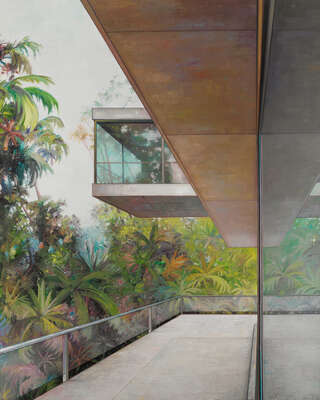

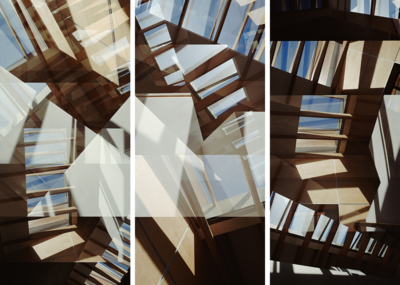

Pop Art
Pop art was an art and design movement ushered in by Americans like Roy Lichtenstein and Andy Warhol. This genre has had an immeasurable impact on art up to the present day, succeeding in redefining the aims, methods, and borderlines of fine art. In philosophical terms, pop art represents a departure from the binary of truth and beauty - the basic preoccupation of German Idealist philosophers such as Kant - and inaugurated a new polarity of truth and authenticity. In this model, beauty became a kind of inside joke. Rather than a quality which set something apart from the mundane, beauty became a kind of mild irrelevancy or an object of social fascination, as in the case of pop art muse Marilyn Monroe.
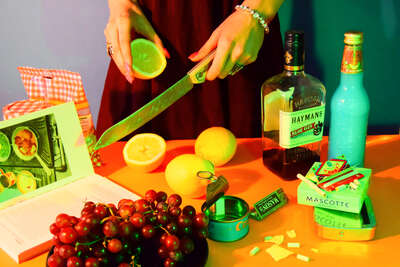

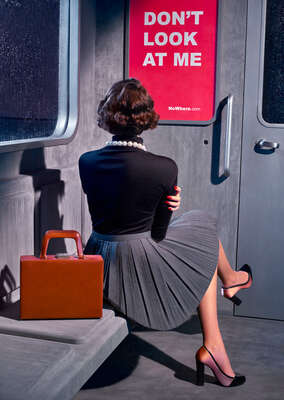

Realist Art
Realism in art encompasses a broad range of trends and styles. In its original formulation, realism stood in for the ambition to capture the world as it is. A later definition described it as art which seeks to capture social realities. Today, realist art is shaped by photorealist paintings, a movement which began in the 1970s and swept across the art world, influencing multiple genres and artistic disciplines.
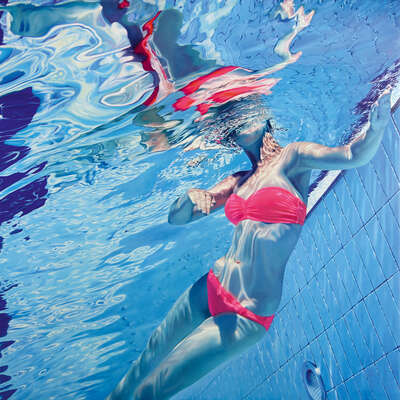

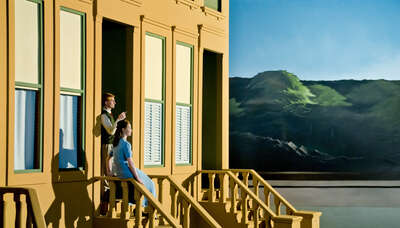


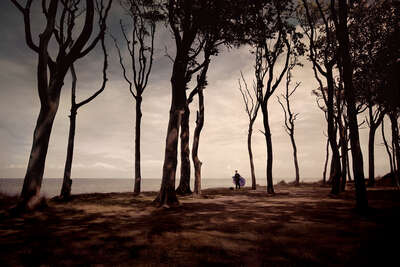
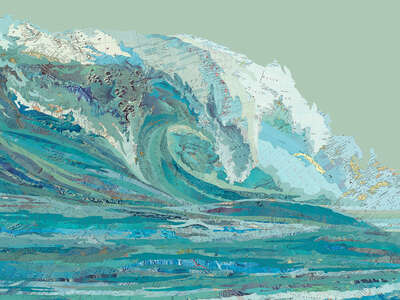
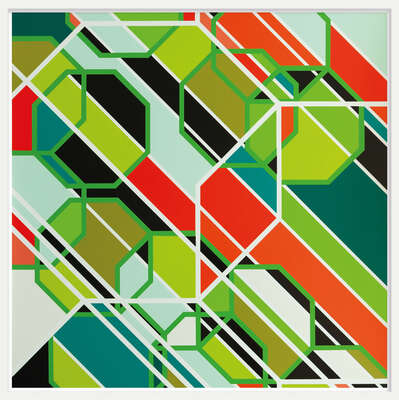
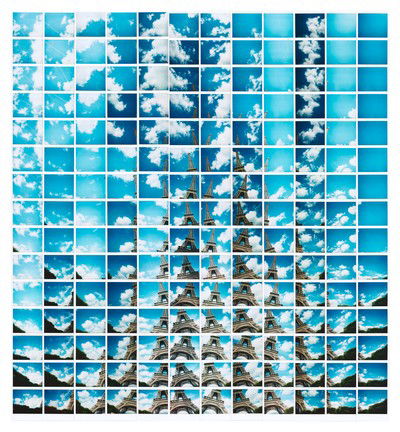
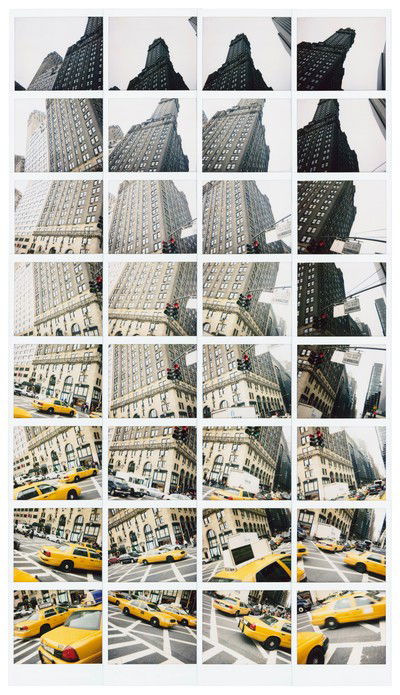
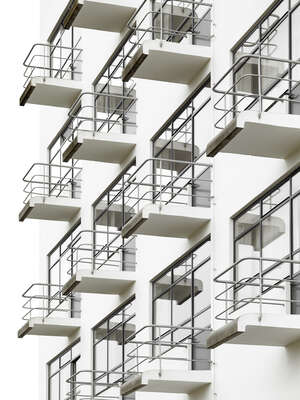
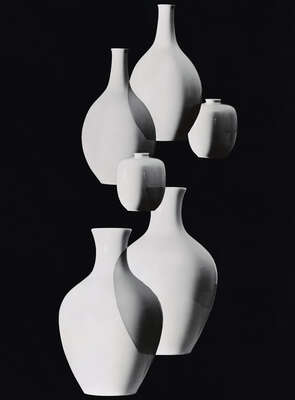
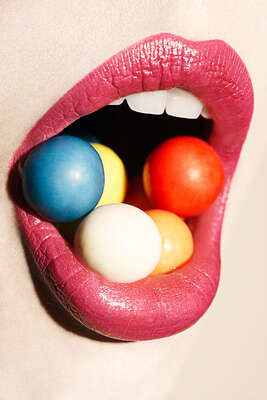
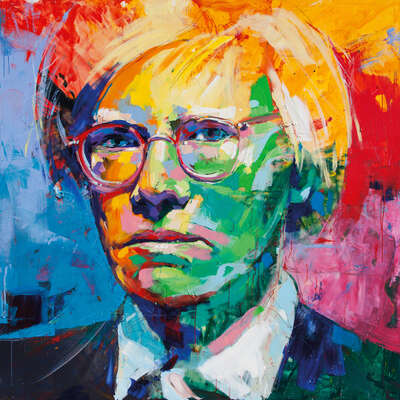

 No thanks, I would like to stay on this site.
No thanks, I would like to stay on this site. Yes, I would like to switch.
Yes, I would like to switch.